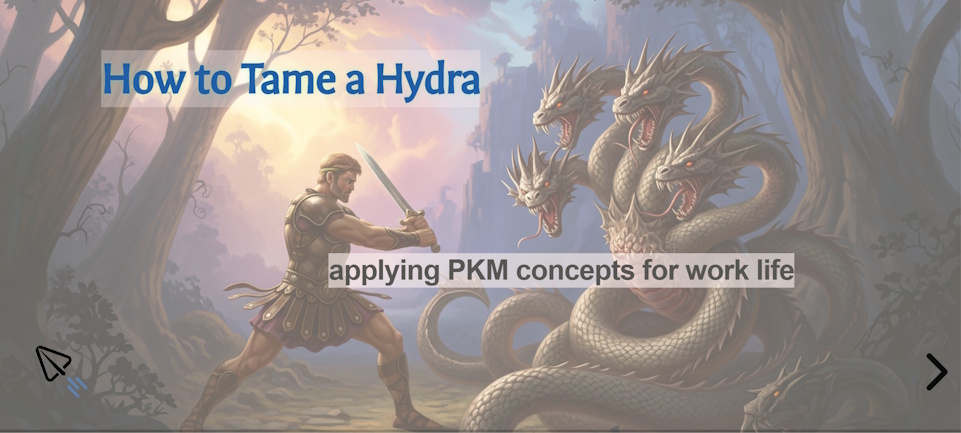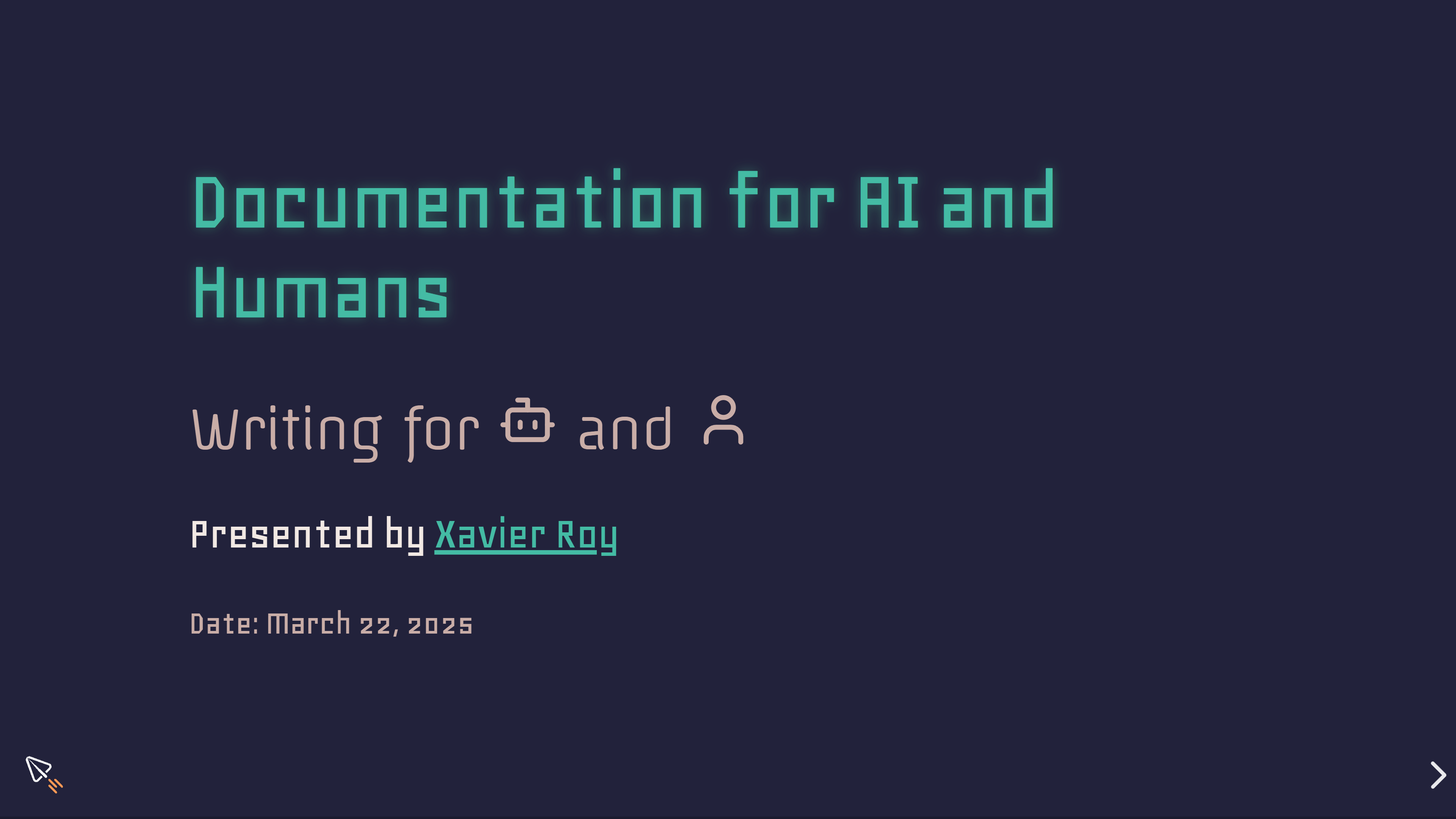Last night, Max and I managed to finally hit a 100-day streak in Wordle. We had been close a few times earlier this year but a missed day had us restart from the beginning.

Last night, Max and I managed to finally hit a 100-day streak in Wordle. We had been close a few times earlier this year but a missed day had us restart from the beginning.


Yesterday, at the third Tech Writer’s Tribe Chennai conference, I gave a session on a topic I keep returning to: using personal knowledge management (PKM) to make sense of our work lives.
Since the time slot I had was too short for a tool demo (25 mins), I decided to talk about the set of some #pkm practices that were grounded, flexible, and human.
Here’s what I covered:
If you're curious, you can view the slides here.
On this day in 2002, I walked into my very first job at Angler as a Content Developer.
It was the beginning of a journey I couldn’t have fully imagined then, one shaped by learning, change, resilience, and growth. Over these 23 years, I've had the privilege of working across different roles and domains, each one adding its own layer of meaning and experience.
One thing that hasn’t changed is my curiosity. The same inquisitiveness that lit up my first day still drives me forward — to ask better questions, seek deeper understanding, and stay open to the unknown.
I've made my share of mistakes too, and I’m grateful for every single one of them. They’ve taught me humility, perspective, and the value of continuous reflection.

In my recent talk yesterday, Documentation for AI and Humans, I discussed how the role of the technical writer is evolving to meet the demands of a dual audience: humans and AI systems. This isn't a minor change; it's a fundamental shift in how we approach documentation.
We explored several key aspects of this transformation:
The future of documentation demands a dual-audience approach. By embracing structured content, machine-readable metadata, and a focus on clarity, we can create documentation that serves both human needs and AI capabilities.